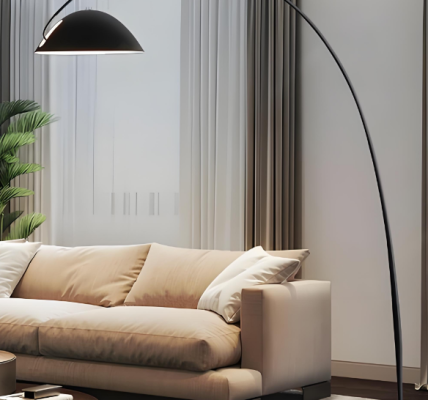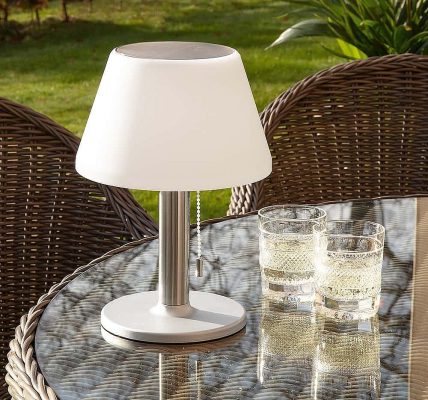The Yayoi Glass Chandelier has a rich history that intertwines with the evolution of glassmaking techniques and the decorative arts. Originating in Japan during the Yayoi period, which spanned from approximately 300 BCE to 300 CE, this chandelier reflects the cultural and artistic advancements of its time. The Yayoi period is characterized by the introduction of new technologies, including metalworking and advanced pottery techniques, which laid the groundwork for the intricate craftsmanship seen in later glassworks.
While the earliest forms of glass were rudimentary, the period marked a significant shift towards more refined artistic expressions, setting the stage for the development of glass chandeliers. As glassmaking techniques evolved, so too did the aesthetic sensibilities of artisans. By the Edo period (1603-1868), Japan saw a flourishing of decorative arts, including the production of glassware.
The Yayoi Glass Chandelier emerged as a symbol of opulence and sophistication, often commissioned by wealthy merchants and feudal lords. These chandeliers were not merely functional lighting fixtures; they were also status symbols that showcased the owner’s wealth and taste. The intricate designs and vibrant colors of these chandeliers reflected the natural beauty of Japan, drawing inspiration from the surrounding landscapes and seasonal changes.
The Design and Structure of the Chandelier
The design of the Yayoi Glass Chandelier is a harmonious blend of traditional Japanese aesthetics and modern sensibilities. Characterized by its fluid lines and organic forms, the chandelier often features motifs inspired by nature, such as cherry blossoms, waves, and mountains. These elements are not only visually appealing but also imbue the chandelier with a sense of tranquility and balance, which is central to Japanese design philosophy.
The structure typically consists of multiple arms that extend outward, each adorned with delicate glass elements that catch and refract light in mesmerizing ways. In terms of structural integrity, the Yayoi Glass Chandelier is engineered to support its weight while maintaining an elegant appearance. Artisans employ a combination of metal frameworks and glass components to create a sturdy yet visually light fixture.
The use of high-quality materials ensures durability, allowing these chandeliers to be both functional and decorative. The interplay between light and glass is a crucial aspect of the design; as light passes through the intricately crafted glass pieces, it creates a warm, inviting ambiance that enhances any interior space.
The Materials and Techniques Used in Creating the Chandelier
Creating a Yayoi Glass Chandelier involves a meticulous process that combines traditional craftsmanship with modern techniques. The primary material used is high-quality glass, often hand-blown to achieve unique shapes and textures. Artisans may incorporate various types of glass, including colored glass, frosted glass, and crystal, each contributing to the chandelier’s overall aesthetic.
The choice of materials is critical; for instance, crystal glass is prized for its clarity and brilliance, while colored glass can add depth and vibrancy to the design. The techniques employed in crafting these chandeliers are equally important. Glassblowing is a time-honored method that requires skill and precision.
Artisans heat glass to a molten state before shaping it into desired forms using tools such as blowpipes and molds. This process allows for intricate designs that are often impossible to achieve with mass-produced glass. Additionally, techniques such as etching and engraving are used to add decorative elements to the surface of the glass, enhancing its visual appeal.
The combination of these materials and techniques results in chandeliers that are not only beautiful but also imbued with a sense of artistry and craftsmanship.
The Inspiration Behind the Chandelier
The inspiration for the Yayoi Glass Chandelier is deeply rooted in Japanese culture and nature. Many designs draw from traditional Japanese art forms, such as ukiyo-e (woodblock prints) and sumi-e (ink wash painting), which often depict serene landscapes and seasonal changes. For instance, motifs inspired by cherry blossoms symbolize the transient beauty of life, while waves may represent strength and resilience.
This connection to nature is a fundamental aspect of Japanese aesthetics, emphasizing harmony between human creations and the natural world. Moreover, the Yayoi Glass Chandelier reflects a broader cultural narrative that values simplicity and elegance. The concept of “wabi-sabi,” which embraces imperfection and transience, plays a significant role in shaping the design philosophy behind these chandeliers.
Artisans strive to create pieces that resonate with this ethos, resulting in chandeliers that are not only visually stunning but also evoke a sense of peace and contemplation. This inspiration extends beyond mere aesthetics; it encapsulates a way of life that appreciates beauty in simplicity and encourages mindfulness in everyday living.
The Impact of the Chandelier on Interior Design
The Yayoi Glass Chandelier has made a significant impact on contemporary interior design, transcending its origins to become a sought-after element in various settings. Its unique blend of traditional craftsmanship and modern elegance allows it to complement a wide range of interior styles, from minimalist spaces to opulent traditional homes. Designers often incorporate these chandeliers as statement pieces that draw attention and serve as focal points within a room.
Their ability to diffuse light beautifully enhances the overall ambiance, creating an inviting atmosphere. In addition to their aesthetic appeal, Yayoi Glass Chandeliers also influence spatial dynamics within interiors. The way light interacts with glass creates an ethereal quality that can transform a space, making it feel larger or more intimate depending on the design context.
Furthermore, their versatility allows them to be used in various settings—be it residential homes, upscale restaurants, or luxury hotels—demonstrating their adaptability across different environments. As interior designers continue to seek unique elements that tell a story, the Yayoi Glass Chandelier remains a timeless choice that embodies both artistry and functionality.
The Process of Installing and Maintaining the Chandelier
Installing a Yayoi Glass Chandelier requires careful planning and execution to ensure both safety and aesthetic appeal. The installation process typically begins with selecting an appropriate location that allows for optimal light distribution while also considering ceiling height and room dimensions. Professional electricians are often engaged to handle the electrical aspects of installation, ensuring compliance with safety standards.
Proper mounting is crucial; chandeliers must be securely fastened to prevent accidents or damage. Once installed, maintaining a Yayoi Glass Chandelier is essential for preserving its beauty and functionality. Regular cleaning is necessary to remove dust and grime that can accumulate on glass surfaces over time.
A gentle approach is recommended; using soft cloths or specialized glass cleaners helps avoid scratches or damage to delicate components. Additionally, periodic inspections should be conducted to check for any loose fittings or electrical issues that may arise over time. By adhering to these maintenance practices, homeowners can ensure their chandeliers remain stunning focal points for years to come.
The Cultural Significance of the Chandelier
The Yayoi Glass Chandelier holds profound cultural significance within Japanese society and beyond. It represents not only artistic achievement but also a connection to heritage and tradition. In Japan, where craftsmanship is highly revered, these chandeliers embody the dedication and skill of artisans who have honed their craft over generations.
They serve as reminders of Japan’s rich history in decorative arts while also showcasing contemporary interpretations that resonate with modern audiences. Moreover, these chandeliers often find their place in significant cultural events and celebrations. In traditional Japanese ceremonies such as weddings or festivals, lighting plays an essential role in setting the mood and creating an atmosphere of reverence.
The Yayoi Glass Chandelier’s ability to diffuse light beautifully enhances these experiences, making it an integral part of cultural expressions. As such, it transcends mere functionality; it becomes a symbol of joy, celebration, and community bonding.
The Future of Yayoi Glass Chandelier
Looking ahead, the future of the Yayoi Glass Chandelier appears promising as artisans continue to innovate while honoring traditional techniques. With advancements in technology, new methods for shaping and finishing glass are emerging, allowing for even more intricate designs that push the boundaries of creativity. Additionally, there is a growing trend towards sustainable practices within the industry; artisans are increasingly exploring eco-friendly materials and production methods that align with contemporary values.
As global interest in Japanese culture continues to rise, so too does the appreciation for traditional crafts like chandelier making. This renewed interest presents opportunities for artisans to reach wider audiences through exhibitions, collaborations with interior designers, and online platforms showcasing their work. By embracing both tradition and innovation, the Yayoi Glass Chandelier is poised to remain a relevant and cherished element in interior design for years to come, captivating new generations with its beauty and cultural significance.




